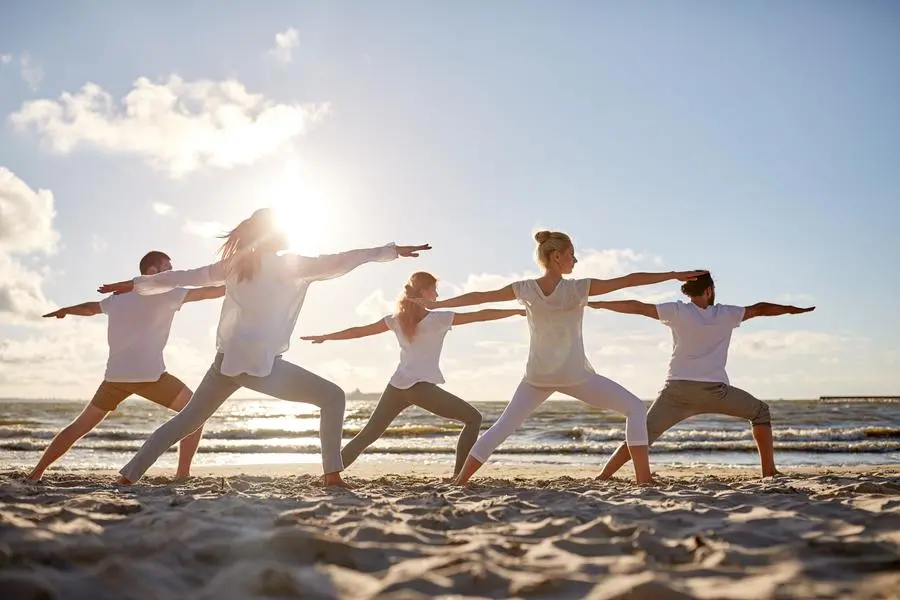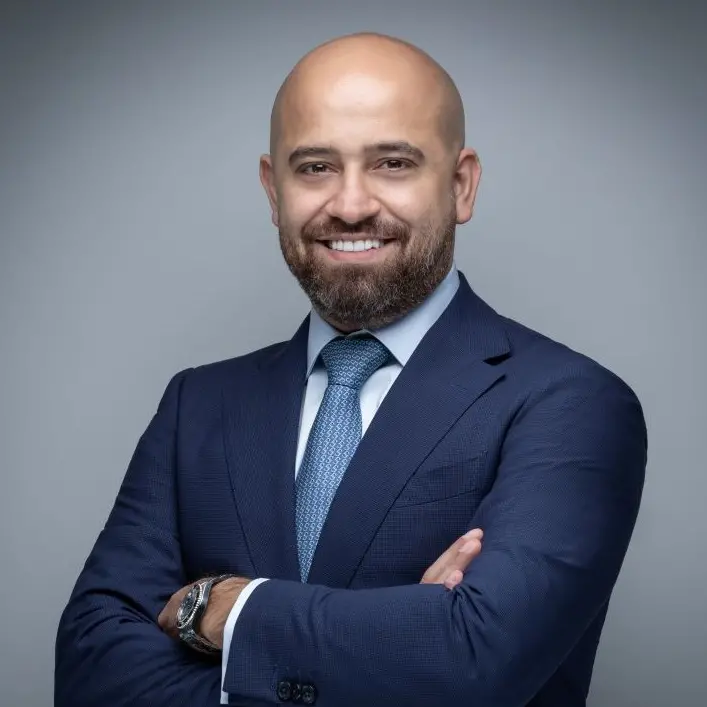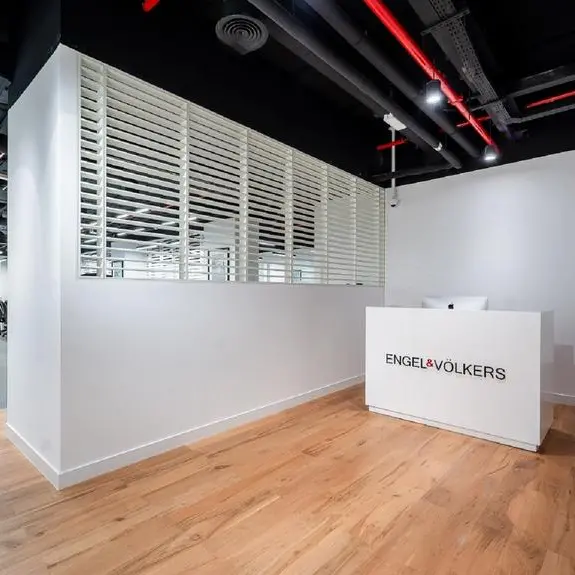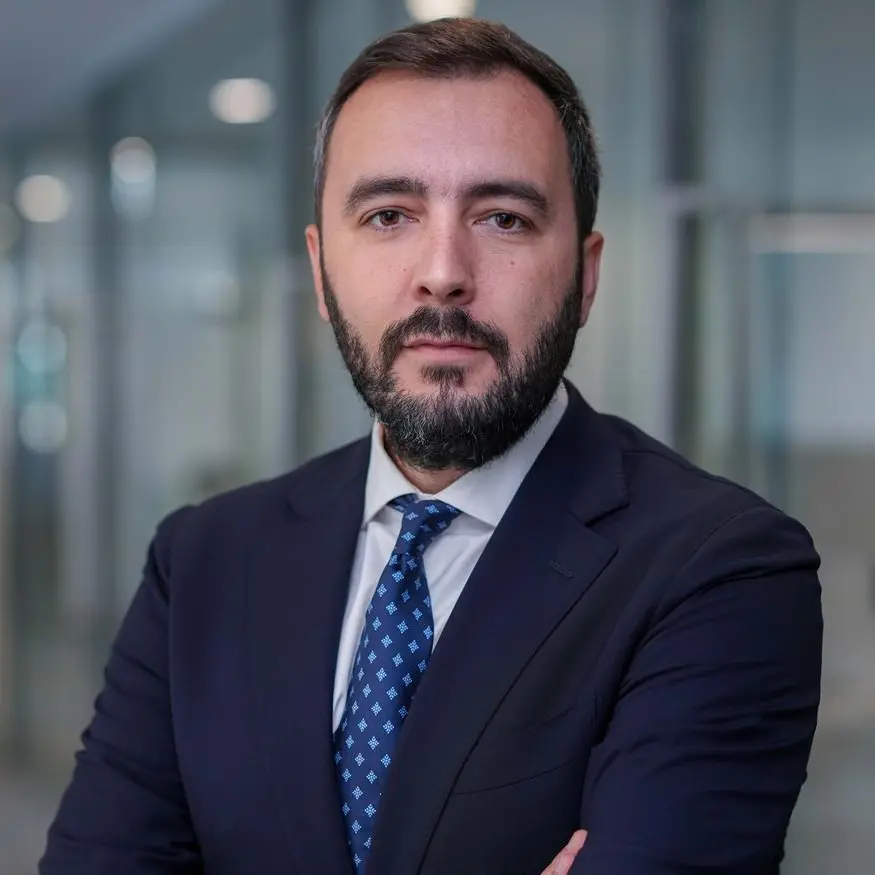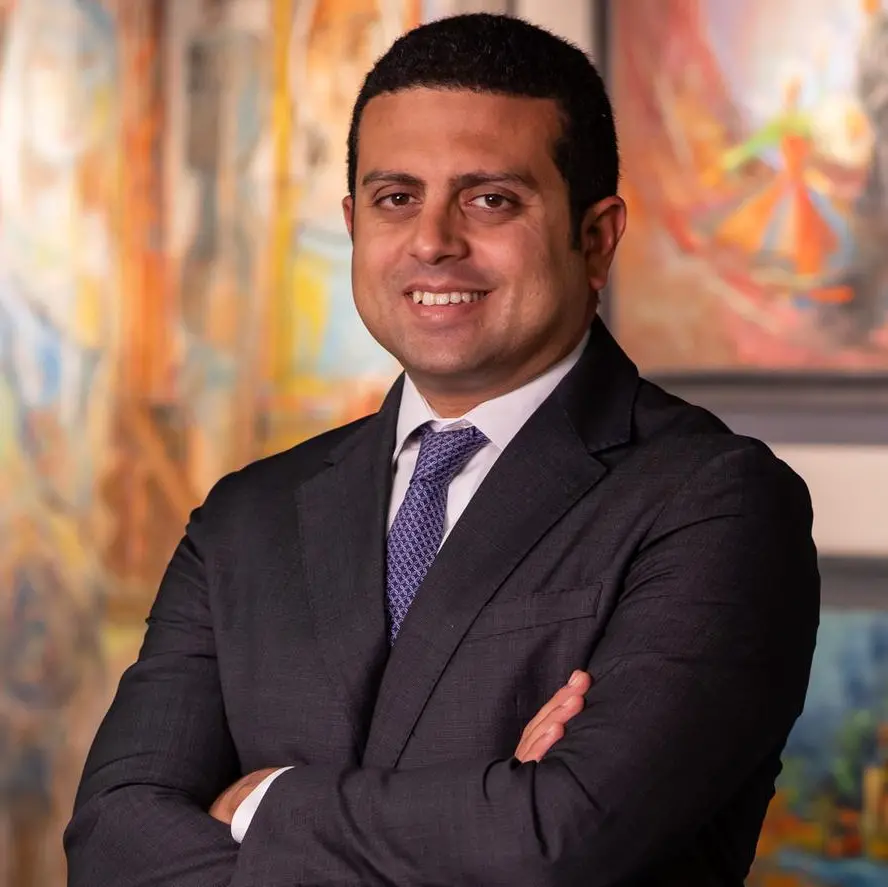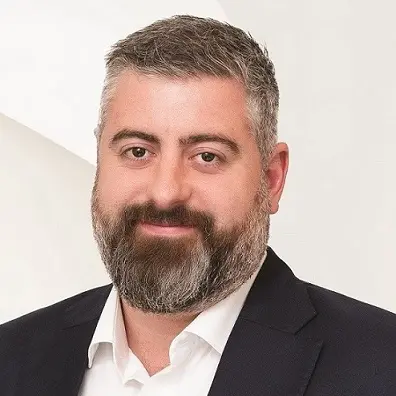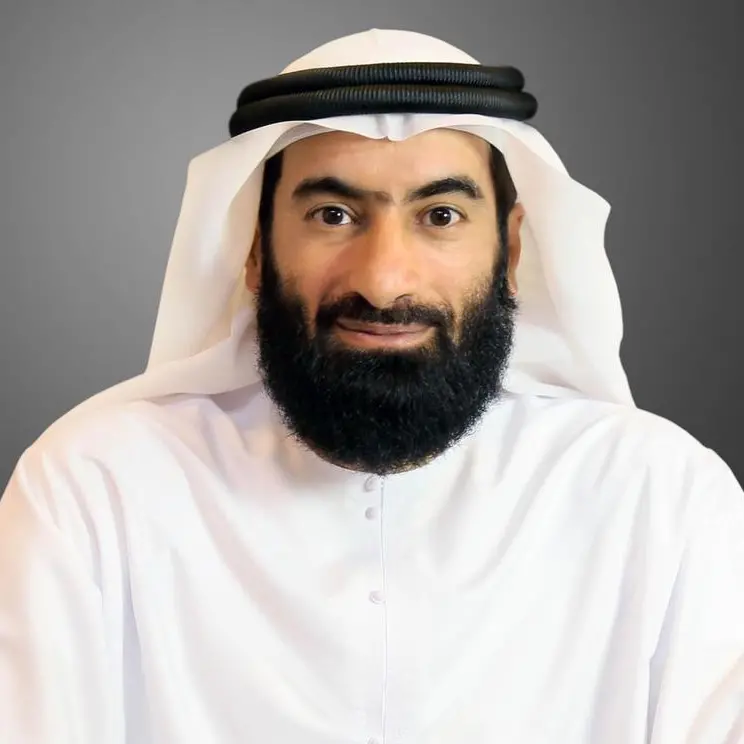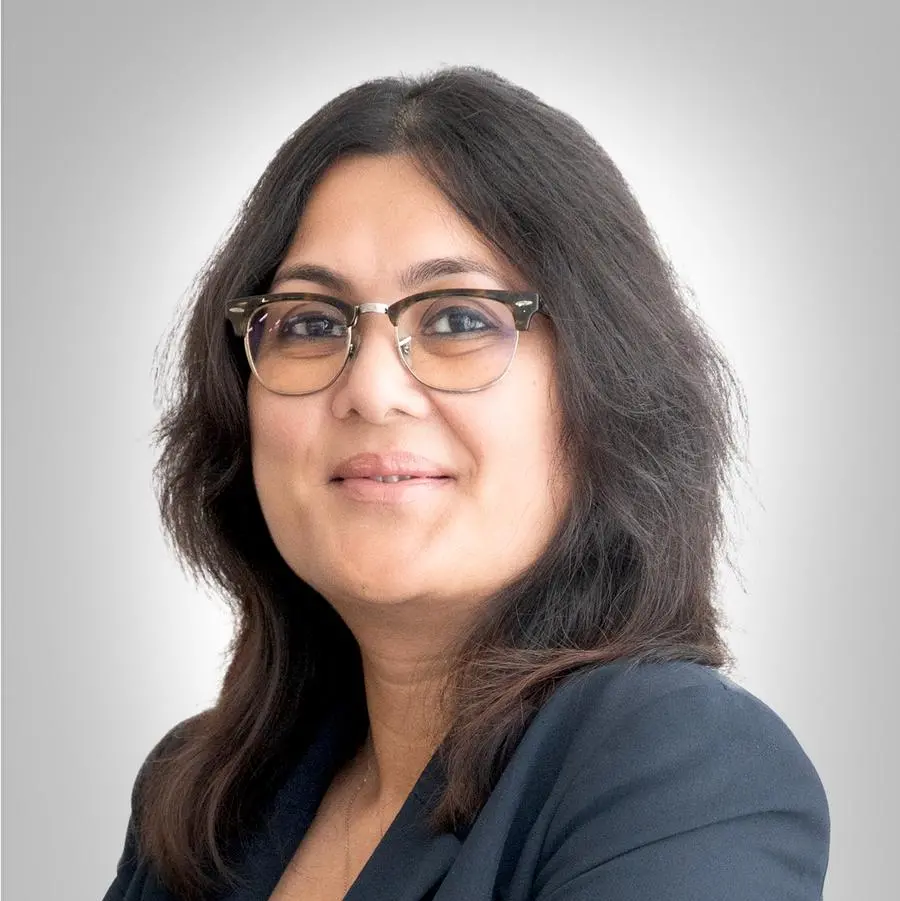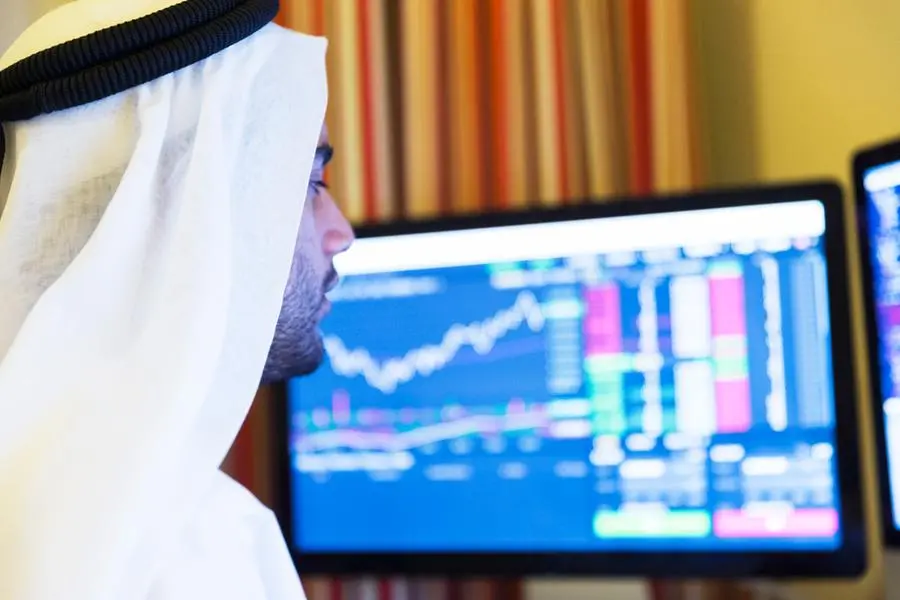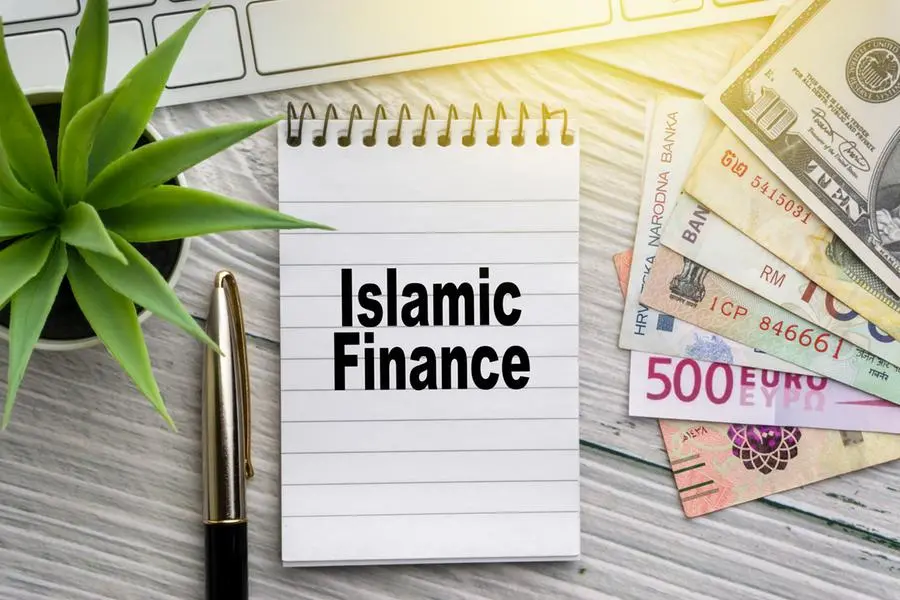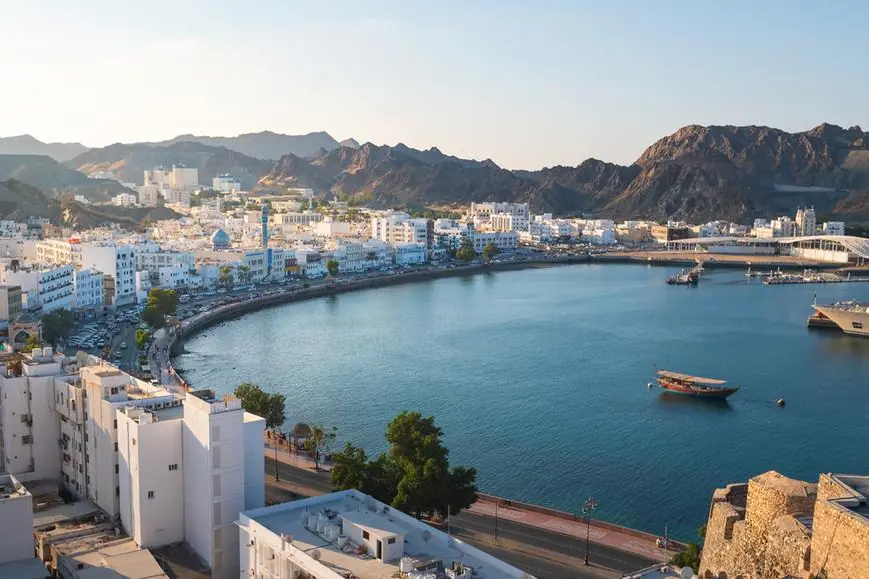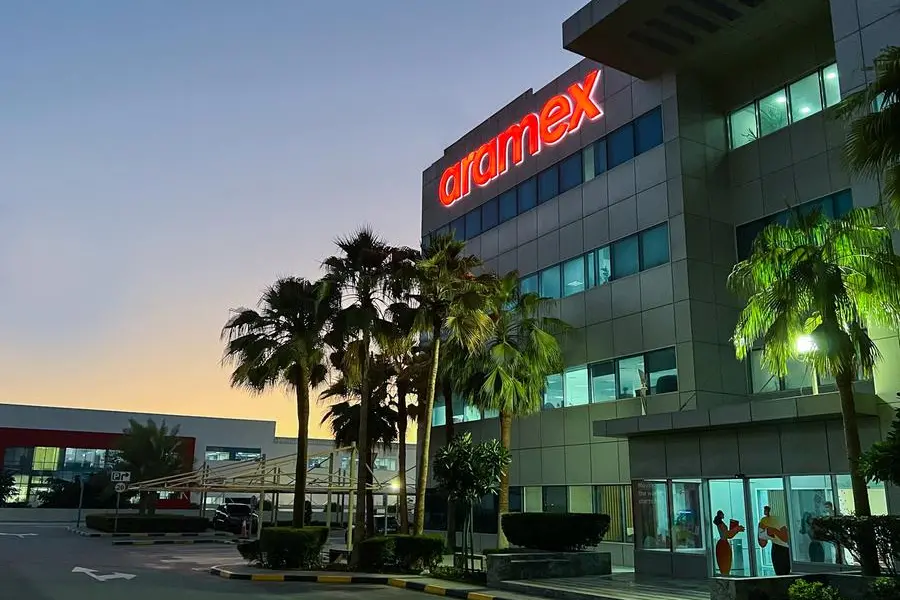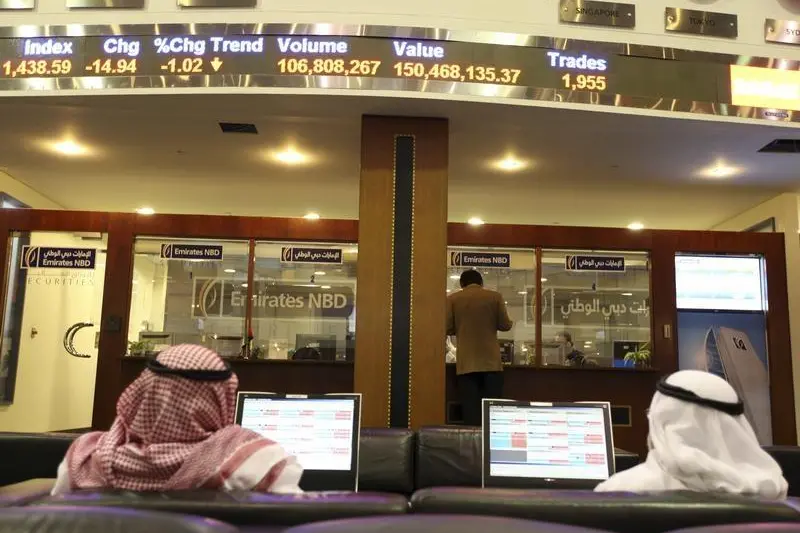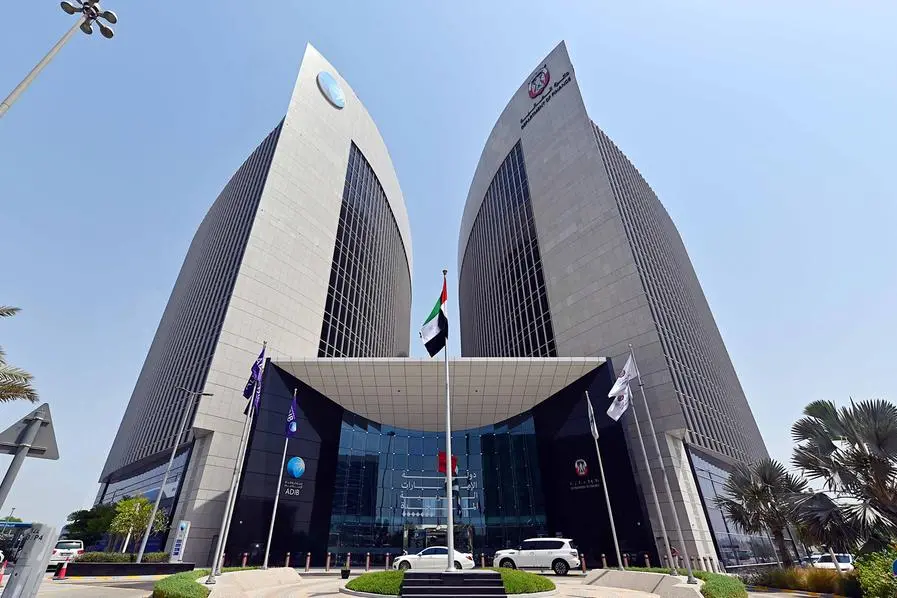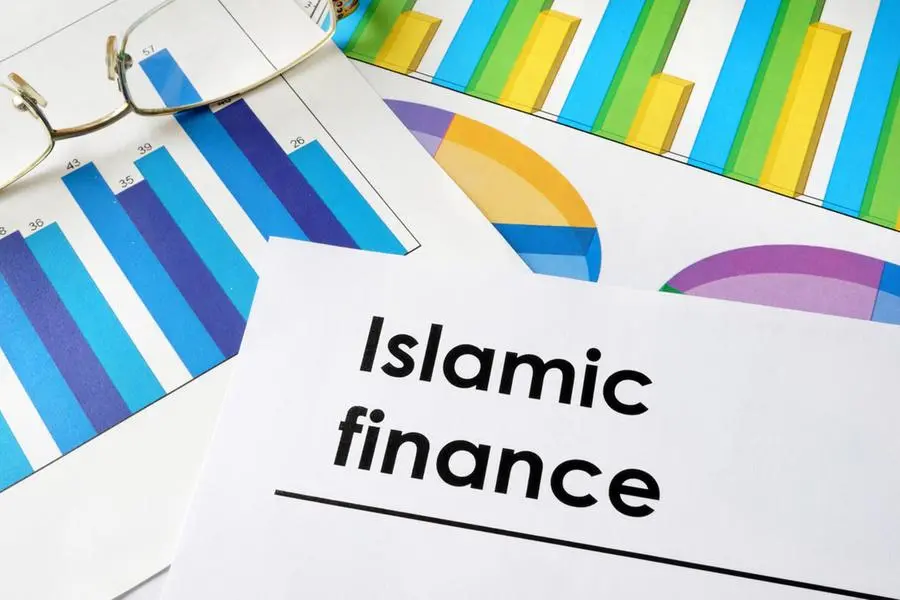PHOTO
Key differentiators between global integrative/medical wellness resorts and MENA traditional luxury resorts lie in the extensiveness of the property’s wellness infrastructure. Image Courtesy: Stirling Hospitality
- Wellness-centric travelers are inclined to spend more money, return more often, and stay longer at a property than average travelers, contributing to a more stable occupancy and improved profitability.
- The aging population, environmental crisis, and lifestyle changes have led wellness to become the center of consumer decision-making, propelling the industry into rapid expansion with a forecasted yearly growth rate of over 10% globally, doubling the value to a staggering USD 1.97 trillion by 2031.propelling the industry into rapid expansion with a forecasted yearly growth rate of over 10% globally, doubling the value to a staggering USD 1.97 trillion by 2031.
- Wellness lifestyle real estate developments, despite having higher development costs, result in significant sales price premiums averaging between 10.0% to 30.0% due to the associated perceptions of a wellness lifestyle.
Ras Al Khaimah, UAE: Stirling Hospitality Advisors (SHA), one of the leading boutique advisory institutions in the region, highlights key trends shaping the GCC wellness tourism industry. For decades, travelers have regularly enjoyed massages and yoga retreats in traditional spa facilities, but when the pandemic hit, wellness took a new urgency and became a priority for many. In response to these supercharged demands, the wellness industry shifted its marketing buzzword from “pampering” to “preventive”, giving integrative and medical wellness a strong momentum across the globe. Not only top-tier hotel operators, but more destinations are also incorporating holistic and advanced wellness treatments promoting timeless health and beauty for body, mind, and soul, hoping to get a piece of the multi-trillion-dollar pie.
Tatiana Veller, Stirling’s Managing Director, elaborated, “With all the advantages of catering to wellness-centric travelers, including a significantly higher RevPAR and profitability compared to the traditional luxury hotels/resorts, major hotel operators will continue to go after the wellness tourism market. However, as their main business is to sell rooms, the wellness offerings will mostly be another wellness-washing product”.
The continuum of wellness landscape ranges from day spas (e.g. Caudalie, Spa by Clarins), to traditional resort/hotel spas (e.g. The Ritz Carlton, Four Seasons) offering standard recreational/pampering wellness services as part of the lodging’s facilities, to destination spa resorts (e.g. Six Senses, Como) providing more well-rounded wellness packages. At a higher spectrum are integrative wellness resorts (e.g. Chiva-Som, Canyon Ranch) which provide broader treatment offerings with more advanced technologies and specialists, and medical wellness resorts (SHA Wellness Clinic, Clinique La Prairie) which operate under full-time on-site supervision of licensed healthcare professionals and may even perform minimally invasive treatments.
Wellness Tourism Performance Indicators
- For a decade, MENA’s wellness tourism grew at a remarkable average annual rate of 13.3%, yet it only accounts for 1% of total trips whilst generating 2% of total revenue of global wellness tourism.
- In the Middle East, traditional hotel/resort spas account for 39.7% of the total market revenue and is projected to grow at a CAGR of 11.5% until 2025.
- Medical wellness is gaining momentum globally and is forecasted to grow at a CAGR of 15.1% until 2025, 1.2x faster than hotel spas and 1.3x faster than day spas.
- Historically, international wellness travelers spent more than 50% above the average international travelers, and domestic wellness travelers command double premium.
The Untapped Potential
Ingo Schweder, CEO of GOCO Hospitality, shared his insights during the interview with Stirling, “The GCC has to date no dedicated medical wellness resort. Currently, clients from the region frequent the Far East, including Thailand and India predominantly as well as Indonesia and Japan to a smaller extent. Many GCC clients are also found between spring and fall across main European wellness centers in Germany, Switzerland, Austria, the UK and France, representing 8-15% of the total guest share. However, we are working on 7 dedicated wellness projects in the KSA alone, i.e. Amaala, NEOM, Red Sea, soon UAE and expect to expand our reach further. Thus, this should change in the not-so-distant future”. It is evident that the rising popularity of medical wellness resorts offers an untapped potential in the region which presents a niche that investors should further evaluate.
Qatar’s Zulal Wellness Resort by Chivasom which opened its doors in April 2022 is MENA’s first and only integrated wellness resort and the world’s first wellness destination to blend Traditional Arabic and Islamic Medicine (TAIM) with a holistic wellness approach. Until then, Six Senses Zighy Bay in Oman, a destination spa resort, served as an example of a more rounded wellness program focusing on soft wellness retreats, delivering a holistic wellness experience while not being as restrictive or highly specialized as other wellness retreats worldwide. Destination spa resorts on average generate only 20%-30% of total room revenue from holistic wellness packages, unlike integrative or medical wellness where the accommodation revenue is generated purely through the retreat/treatment packages as part of the wellness facilities.
Stirling’s research shows that besides the apparent differences in expertise and wellness program offerings, the key differentiators between global integrative/medical wellness resorts and MENA traditional luxury resorts lie in the extensiveness of the property’s wellness infrastructure. Integrative/medical wellness resorts have 1 treatment room for every 3 guest rooms and wellness facilities that are on average 2.5 times larger, compared to MENA’s traditional luxury resorts which have 1 treatment room for every 20 guest rooms with higher room inventory and diverse F&B options. These differences suggest that these luxury resorts focus on selling rooms and provide a recreational or pampering experience, rather than a wellness-centric journey.
Sustainability meets Wellness
Immersive wellness resorts also incorporate sustainability into all their core values. Last year, SHA Wellness Clinic was awarded Green Globe Sustainability Certification, reflecting its core value in sustainability. Respect for the environment is one of SHA Wellness Clinic’s founding values and is present from the very construction of the building, which was adapted to the typology of the land to minimize environmental impact.
Christopher Ford, Head of Asset Management at Red Sea Global KSA, added, “Today, wellness is one of the fastest-growing segments of the luxury travel market, with our target audience research showing that 75% of luxury travelers want vacations that cater for their overall well-being and provide fun activities at the same time. We are partnering with leading wellness hotel brands such as Clinique La Prairie and Jayasom to offer our guests advanced longevity programs and state-of-the-art health and wellness treatments.” Both properties will be located in Amaala, Saudi Arabia’s wellness-focused giga-project along the Red Sea. Amaala is powered by 100% renewable energy and will have a zero-carbon footprint with zero waste to landfill once fully operational.
Is Stirling optimistic about the future of Wellness Tourism? Absolutely.
Integrative and medical wellness resorts are the fastest-growing trend in the wellness industry today and will continue to be in the next decade. Bearing in mind that being in the business requires careful planning to ensure a safe, operationally efficient, and results-driven environment, it is highly recommended that an experienced consultant be hired to guide the owners and operators into a successful venture.
Erni Wijaya, Asset Manager at Stirling, concluded, “Although to date most integrative and medical wellness resorts attract more affluent guests, it is believed that the pandemic has encouraged a shift and opened a new market at a lower price point in the future. Stirling is confident that when done right, a wellness-centric establishment brings enormous values and benefits for all the stakeholders involved, - from owners, clients, employees and community to the destination, the environment, and the world at large”.
-Ends-
Source: First-hand interview with GOCO Hospitality, SHA Wellness Clinique, and Red Sea Global. Global Wellness Institute, UNWTO, Euromonitor, The New York Times, Wellness Tourism Association, Insight Ace Analytics, Green Globe.
About Stirling Hospitality Advisors
A subsidiary of Ras Al Khaimah (RAK) Hospitality Holding, Stirling Hospitality Advisors is one of the leading boutique advisory institutions in the region. Headquartered in RAK, Stirling Hospitality Advisors offers clients a wide range of services, including developing comprehensive tourism destination strategies and activation plans, advisory and asset management. Stirling Hospitality Advisors is responsible for a hotel and resort portfolio valued at over USD 1.25 billion, for clients across various sectors: governments, real estate investment trusts, sovereign wealth funds, banks, family offices and master developers.
Holding a unique position in the industry, Stirling Hospitality Advisors shares the perspective of government, investor, owner, operator, asset manager and consultant, offering its clients long-term trusted relationships and focused expertise, and accompanying each project throughout its entire lifecycle. With a proven track record of successful project delivery, it has been instrumental in transforming RAK into a world-renowned touristic destination for active and family tourism.
Stirling Hospitality Advisors’ team of experts has over 150 years of combined hospitality experience, currently asset managing over 3,500 hotel rooms in three countries, and has supported clients in over 120 cases of hotel and destination concepts, feasibility studies, market studies, strategies and highest-best use analyses.
For all media inquiries contact:
Nour Chaoui
Q Communications
nour.c@qcomms.ae
